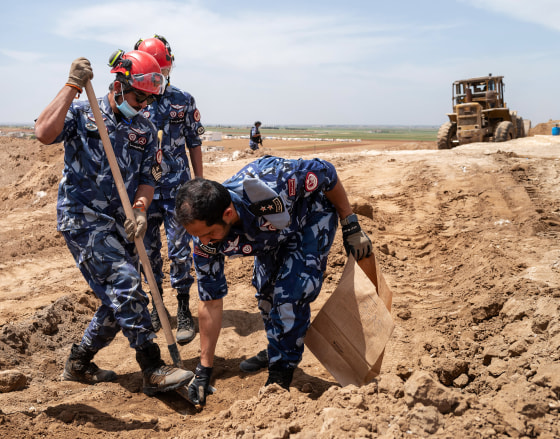DABIQ, Syria — On the outskirts of a remote village in Syria, the hunt is on for the remains of American hostages murdered by ISIS more than a decade ago.
The site, a dusty hill about a two hour’s drive from the city of Aleppo, looks like an archeological dig, with dozens of investigators wielding shovels, ground-penetrating radar, pickaxes and paintbrushes for the delicate work of brushing away sand as they search for bones, clothing and any evidence that ISIS terrorists may have buried their victims here.
It has taken years of intelligence work to reach this point, including satellite imagery analysis, debriefs with surviving ISIS hostages and jailhouse interviews with ISIS leaders. So far, the team is optimistic. They are finding human remains in shallow graves, and, critically, they are finding them where they were expected to be.
The investigation is led by an intelligence and security company called the Soufan Group, founded by former FBI counterterrorism officer Ali Soufan. His team, mainly composed of former FBI and counterterrorism colleagues, has been working the case on behalf of the American victims’ families. They work in coordination with, but are independent from, the FBI.
“We’ve been working with the families for a long period of time, trying to figure out what happened to their loved ones. We had an opportunity to go to a location that has been off-limits,” said Soufan.
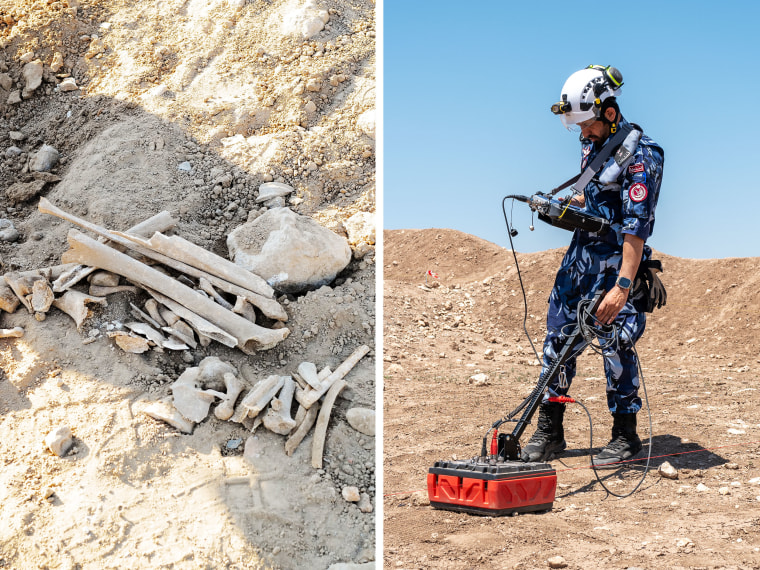
ISIS beheaded and tortured dozens of foreign hostages, including Americans Kayla Mueller, James Foley, Peter Kassig and Steven Sotloff. The Americans were held and executed by a brutal ISIS cell — a cell known as “the Beatles” because of its members’ British accents. None of their remains have been found, and could potentially be here.
The recovery mission was launched and funded by the Qatari government, which spared no expense, sending a full search-and-rescue team along with forensic pathologists, doctors, crime scene investigators and a SWAT team — enough men and equipment to fill a massive C-17 military transport plane.
NBC News was invited to join the mission and has been given exclusive access to the dig site and the ongoing investigation.
“We brought all that we needed to find bodies under the ground. We have been investigating the area, diving into grids, and searching each one with the necessary equipment and hand tools,” said Maj. Khaled al-Hemaidi from Qatar’s Internal Security Forces. He described it as a “humanitarian mission.”
After four days digging on the top of the hill under a scorching sun, the team unearthed the full or partial remains of more than a dozen people, now being sent for DNA analysis. It is unclear if the recovered remains are the missing American hostages or other ISIS victims.
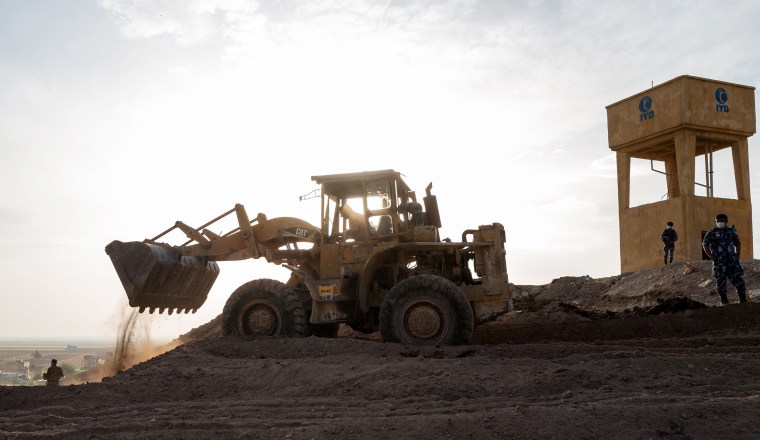
“We recovered more remains than we anticipated and we look forward to conducting DNA analysis with the hope of identifying those victims, whether they were Americans or otherwise,” said Soufan.
ISIS controlled this part of northern Syria until the group’s so-called caliphate was defeated by an international coalition led by the U.S. military under President Barack Obama and President Donald Trump during his first term.
The investigation chose to dig in this specific location, a sandy hill on the edge of the village of Dabiq, because ISIS considered it holy and symbolic. ISIS frequently referenced Dabiq in its propaganda because of an Islamic prophecy that predicted that the final, end-of-days battle between the armies of Islam and infidel crusaders would take place here — an Islamic version of Armageddon.
ISIS, which believed it was leading the way to the apocalypse and has been described as a radical death cult, was widely repudiated in the Muslim world. Locals told NBC News that ISIS would regularly carry out public executions in the village of Dabiq, and that the hill being excavated was strictly off-limits.
Dabiq was so important to ISIS that it named its propaganda magazine after the village and filmed a gruesome video here with one the terrorist leaders standing over the head of American hostage Peter Kassig.
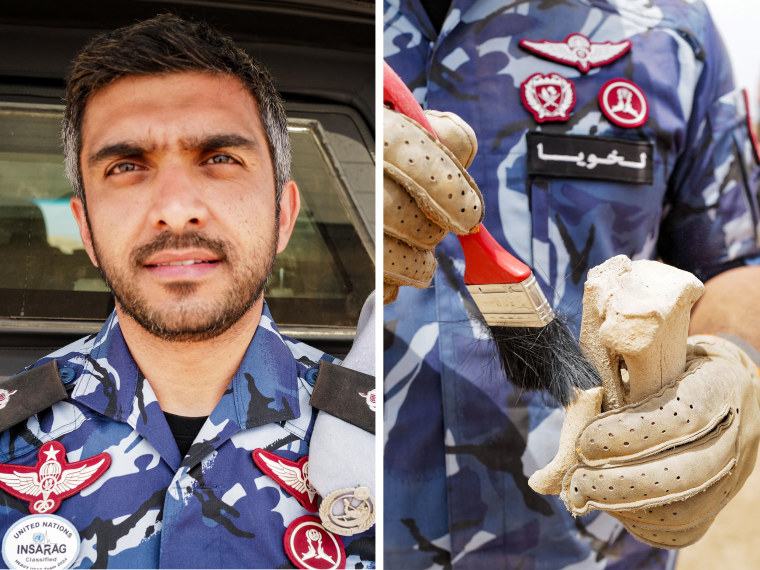
“It seems now that ISIS views this site as a significant burial and execution location,” said Soufan. “Maybe they chose it because of its symbolic importance, and they probably reserve it for specific or high-value or high-profile victims.”
Dabiq today is not fully secure. There are still ISIS sleeper cells in the area, according to officials from the new Syrian government that overthrew President Bashar al-Assad’s regime late last year. They are providing security for the operation, which so far has gone off without incident. The new government, which is still under U.S. sanctions, was born from an Islamic group that fought against ISIS.
This operation was only possible after Assad was overthrown. While he was in power, Dabiq was an active combat zone, making it too dangerous to carry out the slow, methodical excavation work.
Families of the hostages are aware that the operation is underway.
“This mission is really one of the most important missions anybody can do,” said Andre Khoury, a vice president with the Soufan Group and a former FBI special agent.
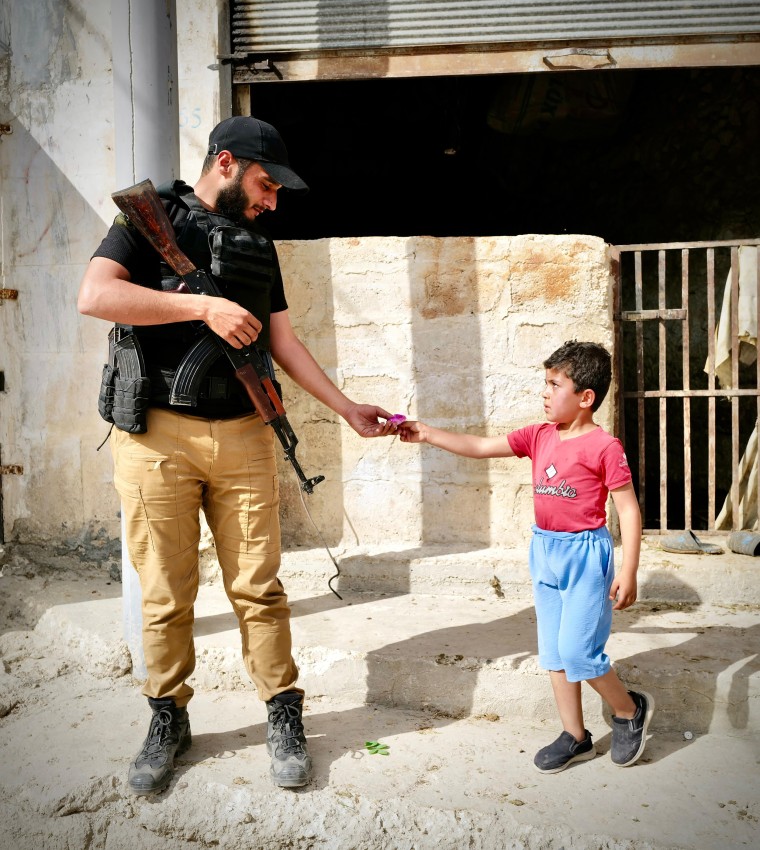
“We’re doing this for the families. We really want to make sure that the families have proper closure, that their loved ones lay in rest next to them. There is no better mission in the world than this mission,” he said.
“If we got lucky and we were able to do it on this trip, that would be fantastic. If not, it doesn’t mean that we are stopping. We will continue our mission. That was our pledge and our promise to the families, and we’ll continue doing that until we can bring them home,” Khoury said.
